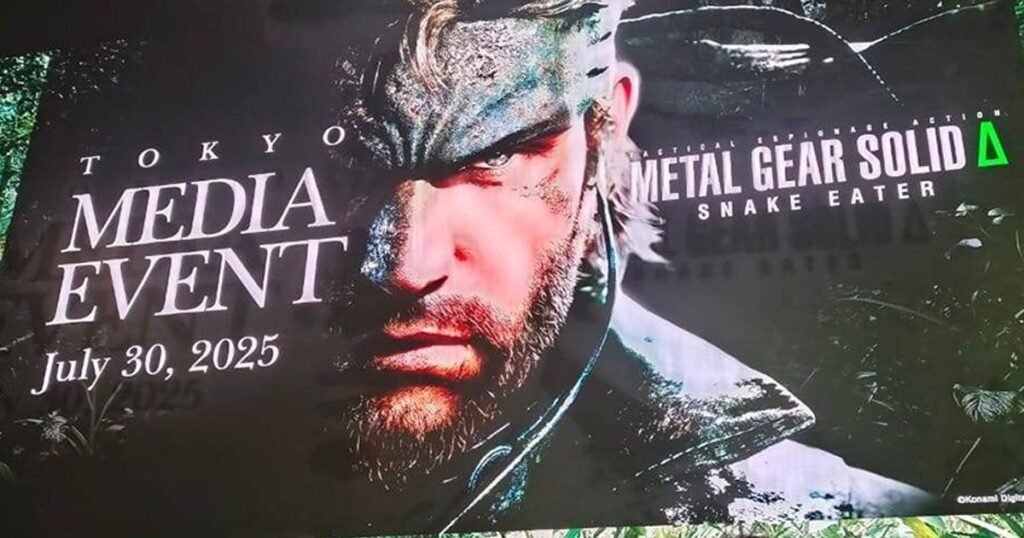Table of Contents
After the misstep of Metal Gear Survive in 2018, Konami has carefully returned to its flagship franchise, not with a bold new entry, but with a meticulously crafted remake.
Metal Gear Solid 3: Snake Eater, now rebranded as Metal Gear Solid Delta: Snake Eater, is being rebuilt entirely in Unreal Engine 5, with early impressions suggesting that Konami is determined to recapture the magic while pushing technical boundaries.
We attended Konami’s Media Preview Event in Tokyo in July 2025, where press and influencers were given access to the first two hours of gameplay, followed by a Q&A session with the developers. On stage were producer Noriaki Okamura, creative director Yuji Korekado, and director Yu Sahara, who together shed light on the ambitious direction of this remake.
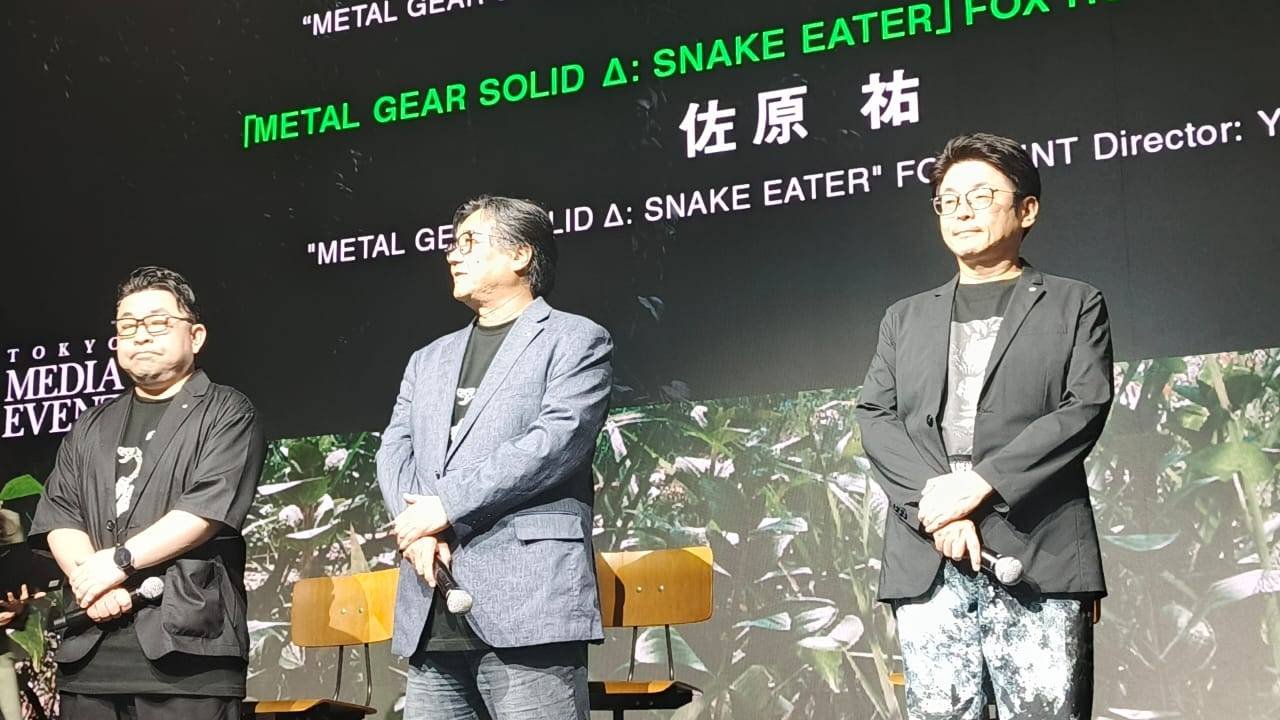
Why Snake Eater Was the Starting Point
When asked why Konami began its revival with Snake Eater, the team explained that Metal Gear Solid 3 serves as the narrative origin of the franchise.
It introduces Big Boss, the philosophical core of the saga, making it a natural entry point for newcomers while still resonating with veteran fans. By remaking this particular chapter, Konami hopes to create a bridge between long-time followers and a new generation of players.
Konami also confirmed a new multiplayer mode, Fox Hunt, designed to carry the spirit of Metal Gear Online. While the developers were cautious not to reveal too much, they promised a stealth-driven experience that emphasises tension and creativity. More details are expected in upcoming showcases, but for many fans, the return of multiplayer is already a reason to be excited.
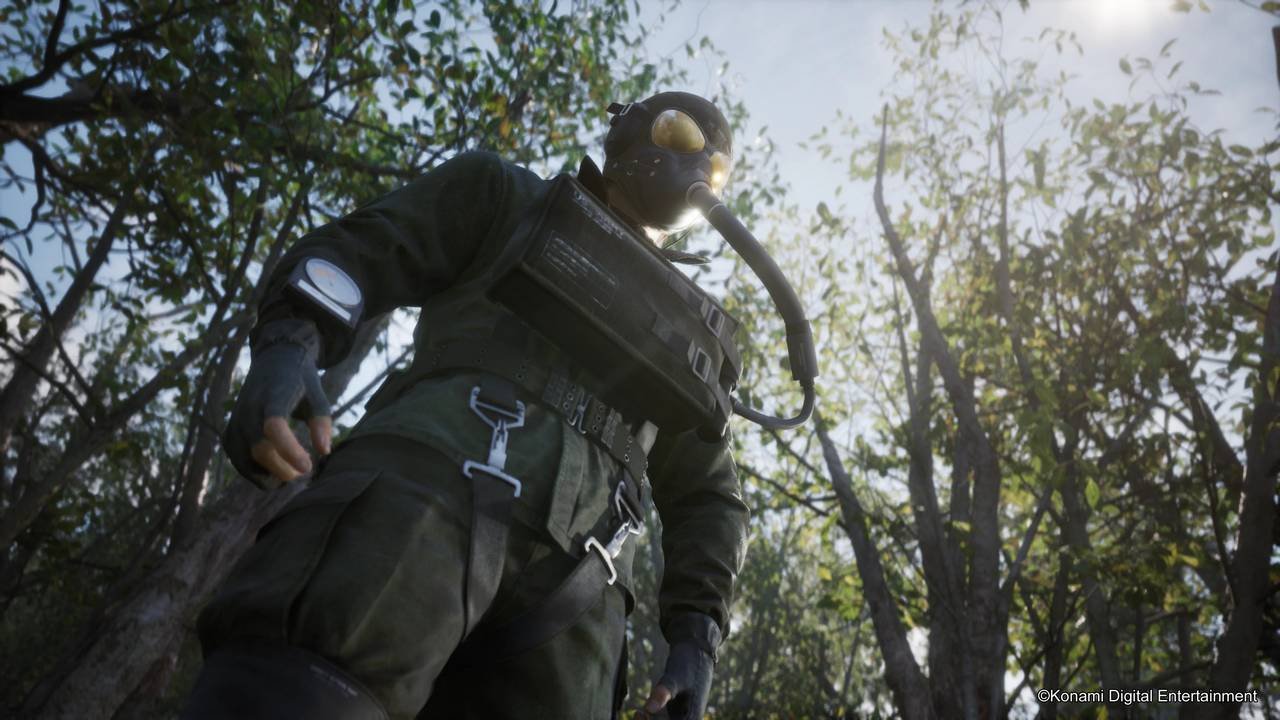
The Balancing Act of the New Camera
One of the boldest changes in Metal Gear Solid Delta: Snake Eater is the shift from the fixed camera angles of the original to a modern third-person perspective. This transition, however, brought its own challenges.
To maintain the tension and unpredictability of stealth, the development team reworked enemy AI, adjusted patrol routes, and repositioned items in the environment. The result, they claim, is a gameplay experience that still feels like Snake Eater, but sharper, more dynamic, and better suited for contemporary audiences.
Welcoming New Players While Respecting Veterans
Another major addition is the Tips system, designed to help new players navigate the complexities of stealth and survival. These hints can be toggled off, preserving a purist experience for veterans who want to relive the original’s uncompromising difficulty.
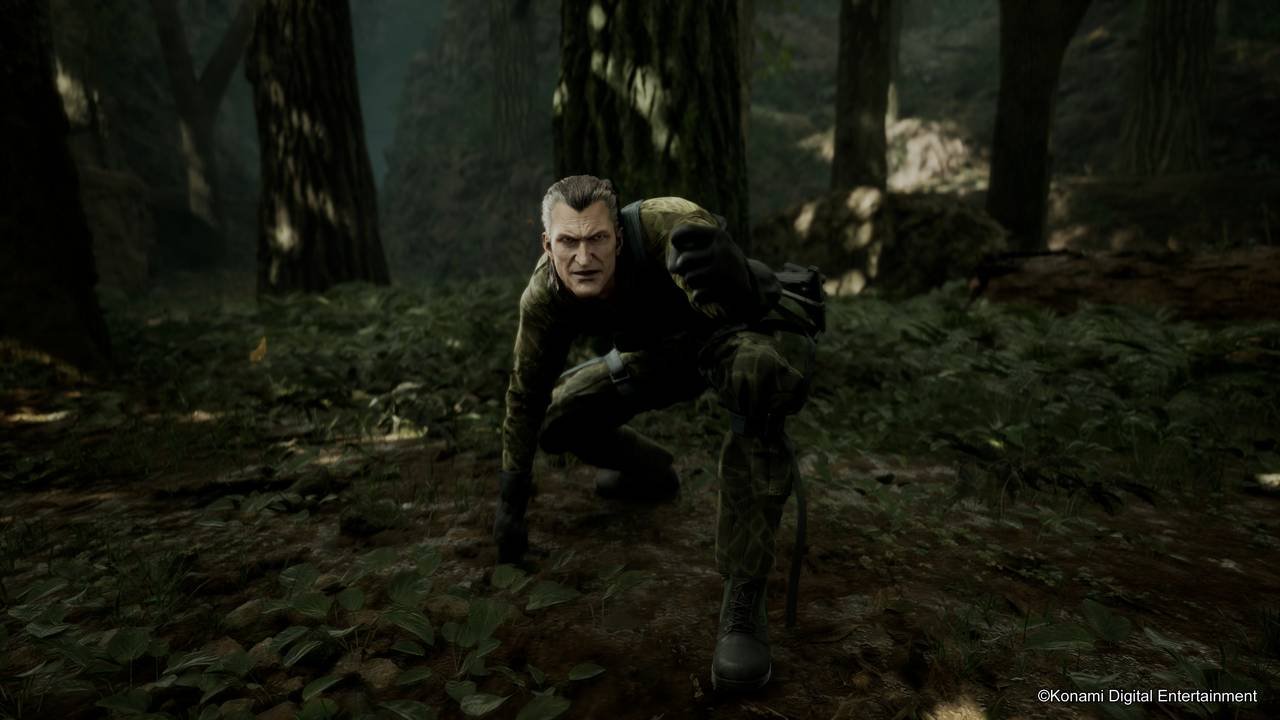
This dual approach reflects Konami’s broader mission: to honour the franchise’s history while ensuring accessibility for players discovering Metal Gear for the first time.
In an era where most stealth and action games rely heavily on mini-maps and objective markers, Metal Gear Solid Delta: Snake Eater takes a different route. Instead of a mini-map, players will use a compass to orient themselves. The developers believe this change enhances immersion, forcing players to pay attention to their surroundings rather than relying on a UI overlay.
Visual Fidelity Meets Iconic Expression
Powered by Unreal Engine 5, the remake delivers dramatically improved lighting, textures, and environmental effects, from dust storms to explosive particle systems.
Character models have been rebuilt with motion-captured facial expressions, making Snake and his allies more expressive than ever—while still preserving the restrained, stoic performances that defined the original.
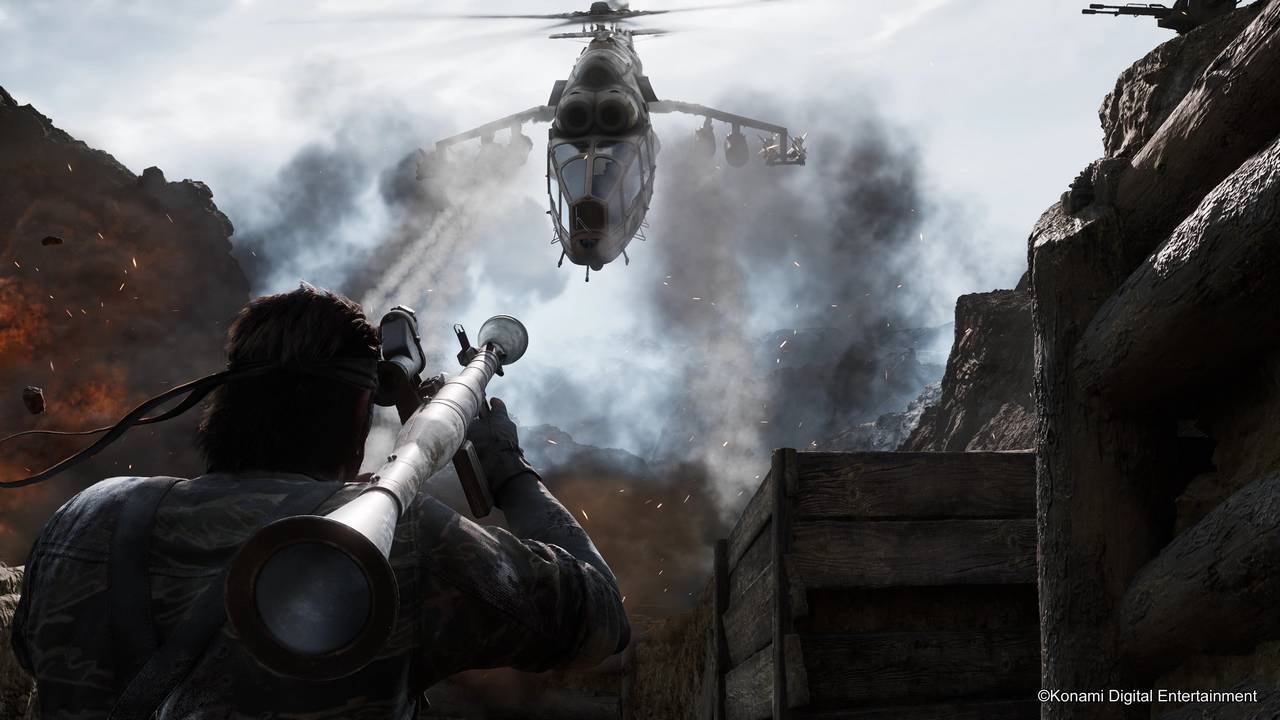
Poster Controversies and Fan Debate
Not all updates have been universally praised. In Legacy Mode, posters remain unchanged, preserving the 2004 aesthetic. But in New Style, Konami swapped them for high-resolution images of the original character models as the actors look today.
This decision has sparked debate among fans — some see it as a respectful nod, while others feel it breaks immersion. The developers maintain it was done with the blessing of the original cast, framing it as an act of authenticity rather than revisionism.
Nostalgia, Easter Eggs, and Tough Choices
Longtime fans will be relieved to know that most of the original easter eggs make a return, from playful mechanics like the Fake Death Pill to quirky interactions with enemies. However, not every secret survived the transition; some were cut due to technical challenges.
Interestingly, the developers revealed that they even debated whether to preserve specific original bugs for nostalgia’s sake. This dilemma highlights just how delicate the balance between authenticity and modernisation can be with Metal Gear Solid Delta: Snake Eater.
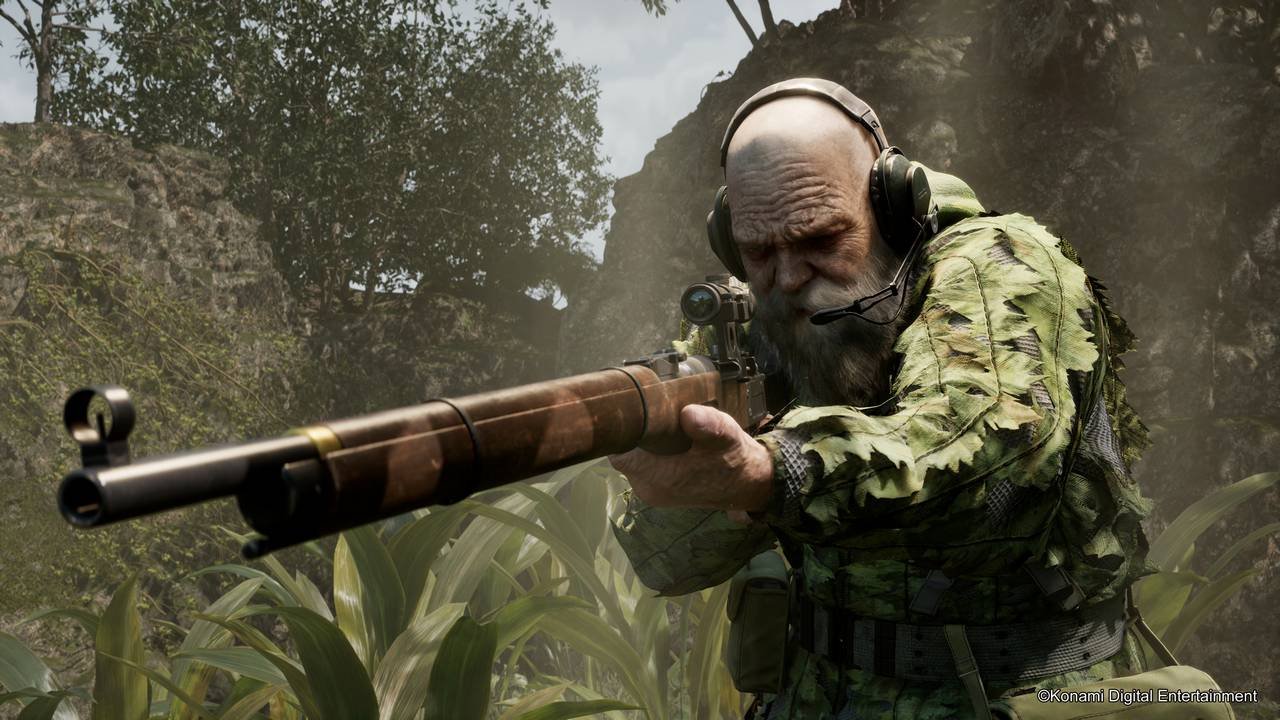
Facing the Challenge of Optimisation
With Unreal Engine 5 at the core, the development team admitted that optimisation has been one of the most challenging hurdles. Ensuring consistent performance across PlayStation 5, Xbox Series X|S, and PC remains a top priority. The developers reassured attendees that their goal is to deliver a smooth experience without sacrificing visual ambition.
After years of speculation and waiting, Metal Gear Solid Delta: Snake Eater will officially launch on August 28. The game will release simultaneously on PlayStation 5, Xbox Series X|S, and PC.
The original article appeared first on our network publication, KoKang Gaming, and has been translated for the English-speaking audience.

